Problem: I have a photo of an object (a manufactured part like the attached photo below), using my Andoird phone camera I want to verify if the object in camera preview matches to the template or not. (in other words, is it the same part as the template or not)
- I can make the user to move the camera in order to have similar view of the template in camera preview as the template however there will be different noise level and/or lighting and maybe different background.
Question: What do you recommend me to use for solving this problem? I was thinking of Canny edge extraction and then matching the camera frames towards the canny edge extract from template? is this a good idea? if yes would you please tell me how can I implement this? any resources? samples? (I can do the Canny edge extraction but couldn't find a way to do the matching)
if Not a good idea then what do you recommend?
Things I have tried:
- Feature Extract and Matching: I used few different extractor and matcher implementations from OpenCV and my app is working and drawing the detected feature points and matches, etc. however being a beginner with image processing I cannot make sense of the result and also how to know what is a match. any idea, help, good resources?
- Template Matching: I used OpenCV template matching however the performance was horrible and I decided that this cannot be the solution.



